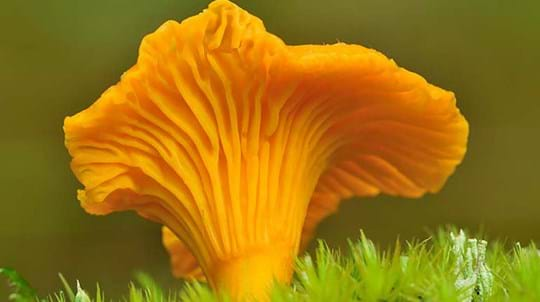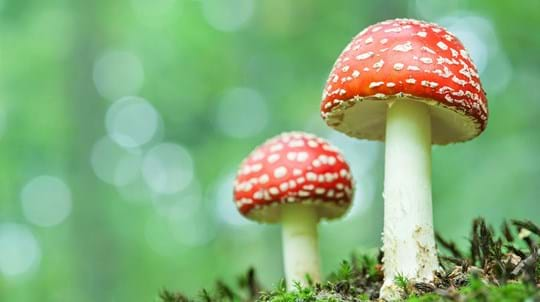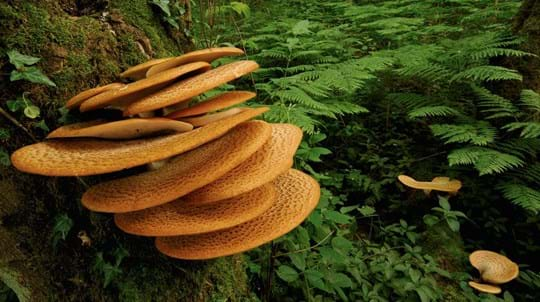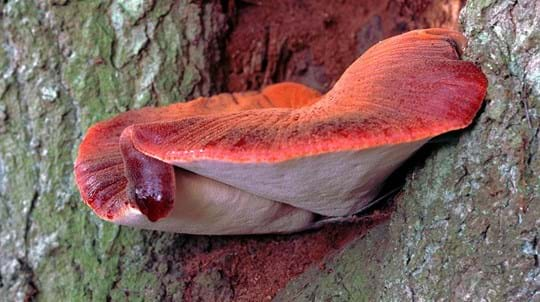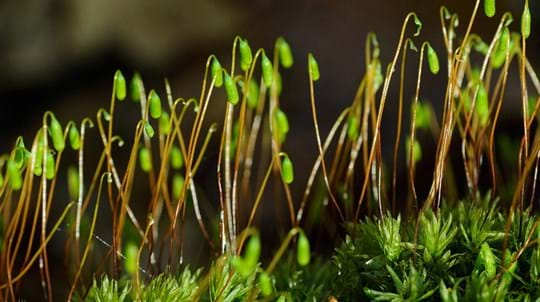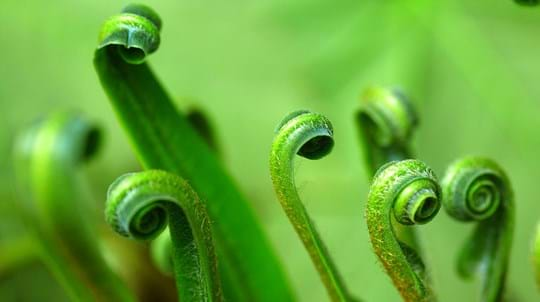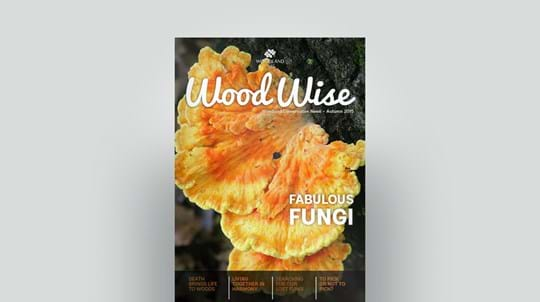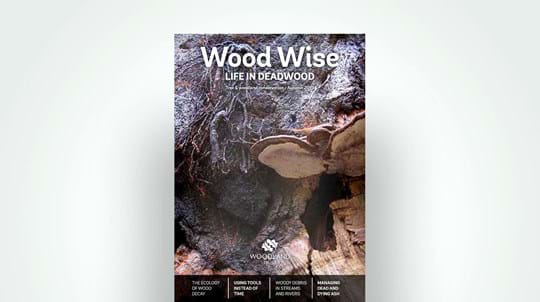
Credit: Johannes Hansen / Alamy Stock Photo
Where to find common earthball
The fungus is very common and widespread throughout the UK. It prefers acid soils and mossy or peaty ground on heaths and in woodland, especially on sandy soil. You are most likely to see them on compacted paths in woods and forests.







